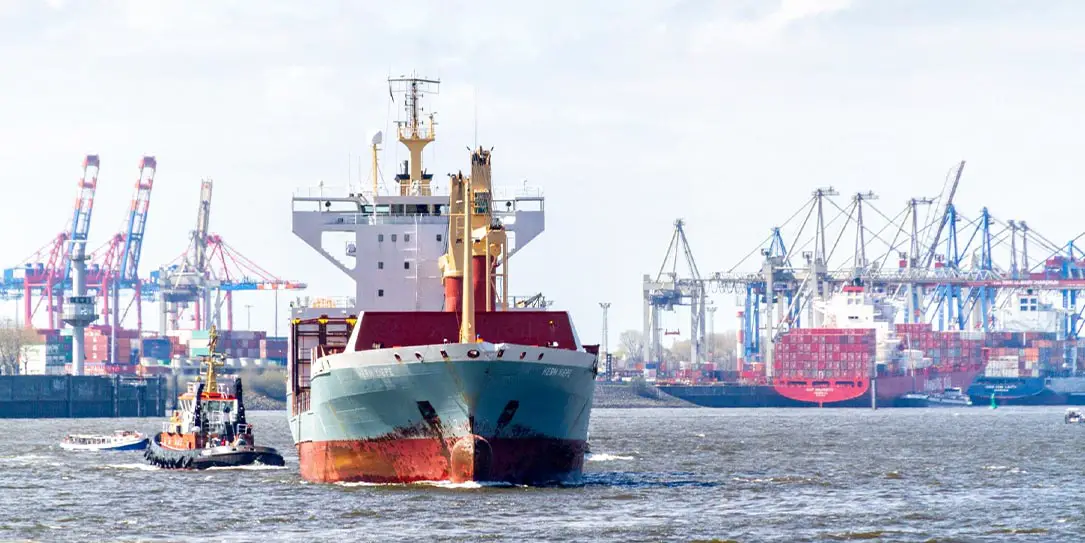Most modern commercial activities now rely greatly on effective logistics and efficient supply chains. For industries that deal with volatile and sensitive products such as food and pharmaceuticals, temperature-controlled supply chains or cold chains are critical to their operations. These goods have to be kept in controlled environments, otherwise, they may lose efficacy or even spoil.
In North America, it’s estimated that 40 percent of food waste happens due to supply chain issues. In pharmaceutical logistics, 30 percent of deliveries arrive with some degree of damage or spoilage. Regulations actually cover many of these products, and the guidelines often require spoiled and unwanted goods to be disposed of. Not only do supply chain stakeholders lose out on spoiled products but they also have to shoulder the costs of proper disposal.
To help minimize the business impact of such issues, industry stakeholders are now turning toward better cold chain monitoring to identify issues that lead to waste. They must be able to readily know if any of their packages in storage or in transit deviate from the required environments. This allows them to act quickly before these goods move further down the supply chain where issues often get more challenging to resolve. Fortunately, developments in monitoring technology are emerging to help cold chains improve.
Digitally transforming cold chains

Like many industrial processes, supply chains have undergone a rapid digital transformation in recent years. Each stage is now better integrated through systems that allow stakeholders to know the status and location of each parcel. Even parties situated downstream, such as distributors and retailers, can take advantage of automated inventory management systems that can anticipate and automatically place orders for products should they begin to run low on stocks or if demand increases.
Cold chains have also benefitted from digital transformation. Integration across the various stages allows cold chain operators to anticipate the requirements of each shipment. For instance, shippers can notify their logistics providers of the type and amount of products that have to be transported well beforehand. This allows logistics providers to better plan the handling and transit of these goods. This way, they can at least provide the necessary care for these packages while they are within their care.
But what has been key to improvements in cold chains is the emergence of better monitoring systems. Previously, tracking each and every parcel containing sensitive goods was a small challenge in itself. While logistics providers can take note of the general conditions to which every batch of shipment is exposed, individual parcel conditions are often impossible to track. Today, smaller and better sensors are now available to track and log environmental factors such as temperature, humidity, ambient light exposure, and even physical impact and shocks. These sensors can all be fitted in small QR or RFID tags that can be placed within each parcel.
Once scanned, information from these tags can be sent to centralized systems that can be accessed by various supply chain stakeholders. They can then check if deviations from optimal conditions occur. Timely and accurate information on shipment condition is critical when handling and transporting these sensitive goods so that shippers can readily make decisions on how to deal with potentially damaged products.
Letting such goods reach their destinations can even lead to dangerous incidents. For example, spoiled food or medication can lead to serious health issues when inadvertently sold and consumed. Handling recalls and returns at this stage isn’t only a logistical nightmare but it can even be a health crisis in the making.
Accessible tech can help
What could make these developments even more impactful is if monitoring systems are made available across the entire supply chain. Many of these systems are designed for use by major corporations and logistics providers. Supply chain applications and infrastructure are often available as part of large-scale enterprise systems.
As such, they can be cost-prohibitive to adopt, especially for smaller and less-resourced operations. Monitoring systems such as those that use RFID tags may also require special hardware to be scanned, meaning each scanning location must be equipped with these special scanners, driving the cost of adoption and implementation up.
However, any supply chain is only as good as its weakest link. Letting smaller players, those further downstream of the cold chains, and those involved in last-mile delivery use monitoring technologies can strengthen the whole chain. This way, they can all ensure that the products and materials that consumers will be receiving are kept within optimal conditions and are safe to use and consume.
Improvements in sensor and tag technology can potentially solve this issue. Tags can be designed and manufactured to be both durable and reusable. This way, companies can continue using these devices and maximize their investment. Given the developments in sensor, storage, and battery technologies, it is possible to manufacture such devices within reasonable costs.
And, instead of relying on specialized data logging and scanning hardware, tags can be equipped with dynamic QR codes that update every time new information is logged. Unlike RFID tags, QR codes can be scanned using an ordinary smartphone’s camera and a code reader app.
The same device can also be used to send the information to the cloud so that users can access the uploaded information in real-time. By leveraging already ubiquitous assets such as mobile devices and internet connectivity, it would be possible for capable monitoring data to be captured across all touchpoints.
How everyone benefits
Through the implementation of condition monitoring across the cold chain, various stakeholders can enjoy the benefits of knowing the condition of their packages at any given point. Cold chains can better guarantee that the goods that they handle are kept under ideal conditions, ensuring the safety and quality of the goods. This is vital for consumers since they are the ones whose well-being can be affected by subpar products. Companies can also cut down on waste as they can now intervene at the earliest possible time to deal with questionable shipments. Indeed, faster and safer shipments will benefit every party involved.
Last Updated on February 3, 2021.










